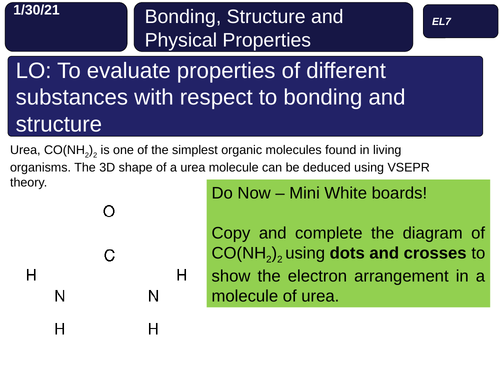Cunningham Resources
Science Teacher and Marathon Runner! I graduated top of my class from the University of Limerick (BSc with concurrent teacher education) in 2015 and having taught in the Irish and UK system I have a in depth appreciation for curriculum. I currently teach Biology and Chemistry at A-Level and GCSE science in London. I am passionate about science and thoroughly enjoy creating resources, please feel free to review my resources.




















